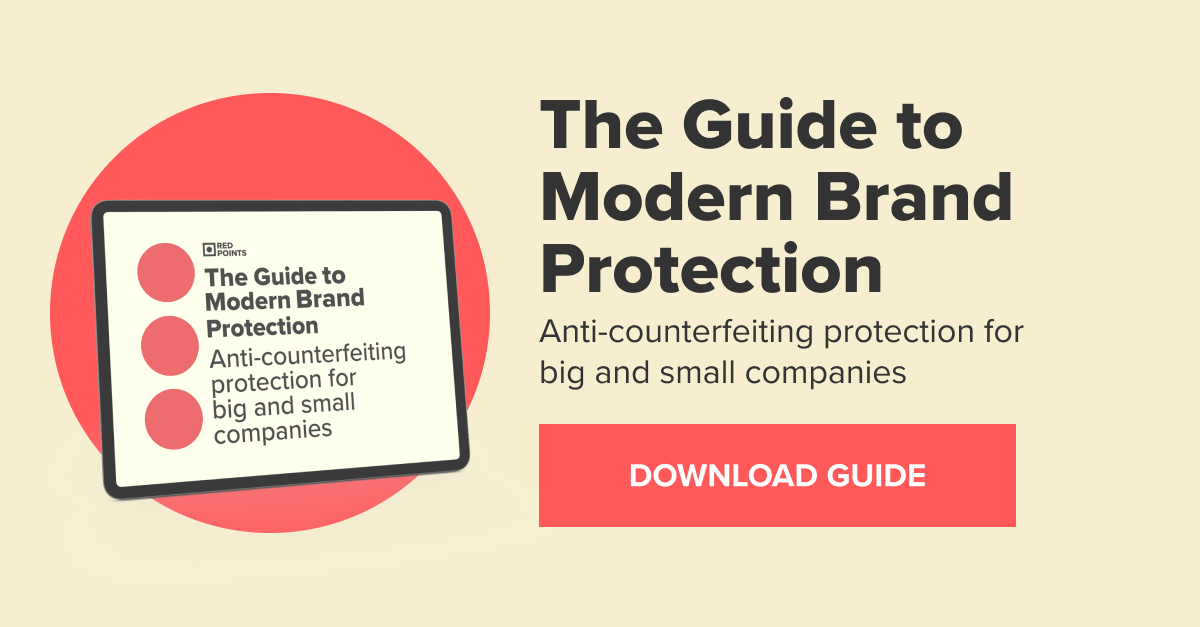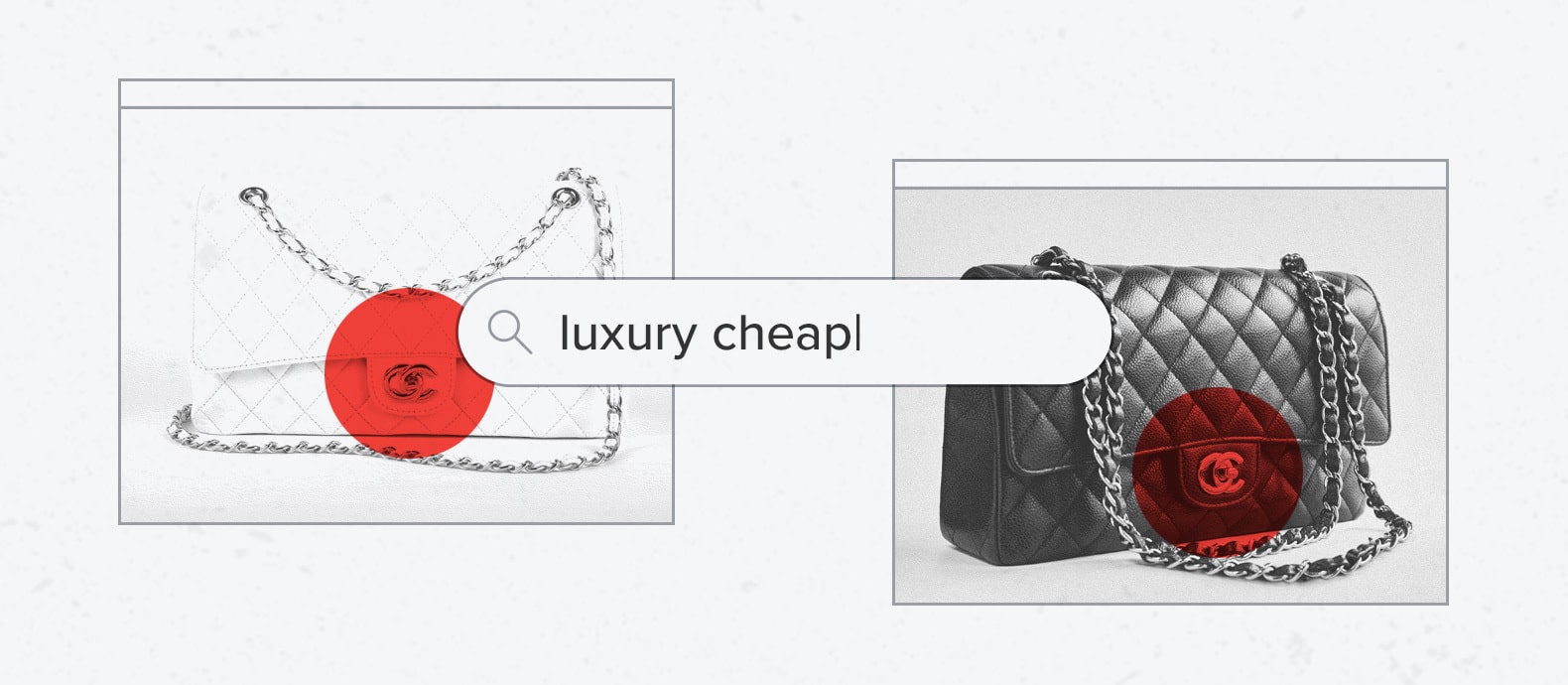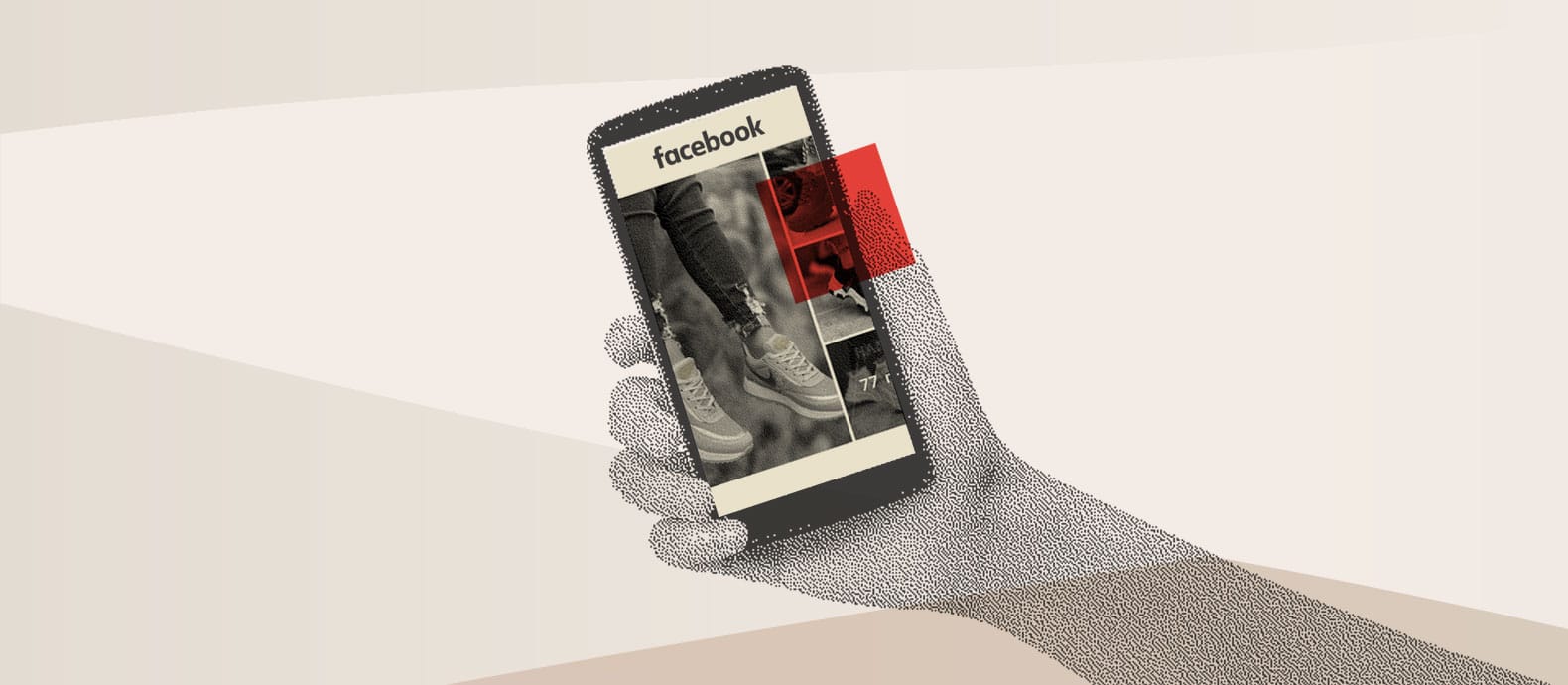The impact of the COVID19 pandemic in the ecommerce industry is, at this point, undeniable. The world-spread virus has accelerated the expansion of online commerce and the shift from brick-and-mortar retail to online shopping. Over time, this will likely have long-lasting effects according to a recently published report by the Organisation for Economic Co-operation and Development (OECD).
Unfortunately, the ecommerce proliferation and the increasing demand for online products has led to the rise of numerous illicit activities, IP infringements being one of those.
In this scenario, companies are starting to realize how important it is to have a strong brand protection program in place to protect their business. Lost revenue and consumer trust are also key points to have in mind when deciding not only if a brand protection strategy needs to be adopted, but also to evaluate if your existing program is effective enough.
As more and more brand owners understand the need to detect and remove as many illicit product offers in online marketplaces or social media platforms as possible, a natural reaction happens: bad actors evolve and adapt their offers in order to fly under the radar and avoid being detected.
Summary
- Evasion techniques used to avoid being detected
- Cutting-edge technology to outsmart the obfuscation
How counterfeiters try to fly under the radar?
When an end consumer wants to buy anything in a marketplace, text-based search is the most commonly used technique. Typing specific keywords hopefully will return the desired offers. Counterfeiters know that they have to be findable enough for consumers but at the same time, not be too obvious when advertising a fake product in order to avoid being detected by any brand owner seeking to remove illicit content.
To accomplish both objectives at the same time, some of the techniques used by counterfeiters vary from the most basic information hiding (key fake indicators such as prices or size availability are only shared after exchanging private messages with the seller) to more complex keywords manipulation. This can include the brand’s name misspelling or omission of the brand’s name while swapping it for made-up names easily recognizable by the end consumer and accompanied by general description terms.
As technology improves, counterfeiters take advantage of it and start implementing even more elaborate obfuscation procedures of image manipulation.
Blurring or totally removing the logo, together with alterations on the color, sizes, or fragmentation of the copyrighted imagery are only a few examples of how infringers alter official digital content to benefit from the brand owner’s marketing efforts. Adding previously non-existing content to the picture, like their contact details, is also a frequent alteration: by adding contact information in a background banner, for example, the infringers bypass text-based crawling automation only capable of analyzing written content.
Other advanced evasion techniques used by offenders outside of online marketplaces might be geo-adaptation and geo-blocking. After having their managed rogue websites targeted or enforced due to IP infringements, some site owners put in place geo-alteration techniques to block access from an IP or even an entire region. For visitors accessing the site from the blocked region or IP, the webpage will apparently be down or even have a totally different content (usually non-infringing content).
Why technology is key to gaining the upper hand in the war against counterfeits?
The good news is that technology works the other way around, too. Like counterfeiters, brand owners are able to deploy as much technology as possible to fight back and uncover every infringing offer that damages their business. Being able to detect and target infringers is key to safeguard not only the brand itself but also to protect the end consumer. For each of the mentioned evasion techniques, multiple types of technology can be implemented to help out companies in their fight against fakes.
A winning brand protection strategy relies on simpler adaptive practices such as multilingual search (now that COVID-19 has boosted local ecommerce presence) but also on Artificial Intelligence and its subfields (Machine Learning, Natural Language Processing [NPL], Computer vision..).
To combat keyword manipulation, machine learning technology can help by putting in place an advanced keyword-monitoring system that identifies trends and relentlessly suggests new searching terms. In the same way, Computer Vision and its subfield Optical Character Recognition (OCR) are every IP protection program’s must-haves as the extraction of information from a picture brings crucial intelligence. Moreover, image and logo recognition coupled with object detection and image comparison are crucial processes to fight back complex image manipulation used by infringers to fool automatic detection practices.
Furthermore, not only technology can help brand owners in the online battle. In the offline world, it is also critical to bring tangible anti-counterfeiting protection to the next level. Both “overt protection” measures (that aim to assist end consumers in the in situ verification of product authenticity) and “invisible protection” (that gathers all the forensic measures implemented in a physical product not just to authenticate it but also to gain visibility over supply chain) have massively improved, thanks to the incorporation of avant-garde technology. QR and RFID technology combined with photoluminescence or holographic labeling are being used by brands to enable track and trace systems that empower their monitoring ability of the legitimate supply chain, product diversion episodes and knockoffs production.
Conclusion
The current booming ecommerce landscape has made it clear that brand protection is more important now than ever before. Protecting consumers and investing in the brand’s digital identity should be a high priority for every company.
The key to outsmarting the bad actors seems to be proactivity fueled by technology. A reactive old-fashioned whack-a-mole program, based on manual searches and offline litigation that struggles to cope with today’s digital reality, is no longer the answer.
Detection accuracy, automation, and full-time protection together with the need for a cost-effective holistic protection approach will only be achievable through the incorporation of disruptive technologies and continuous innovation partnered with a cutting-edge product.
While the war against IP infringements will never end, a technology-driven brand protection solution will help brand owners gain the upper hand.







